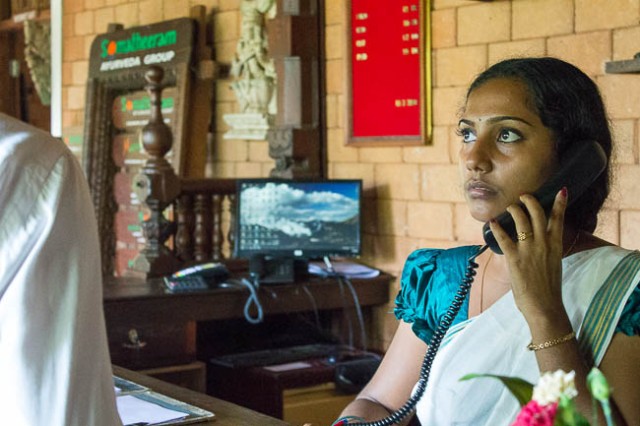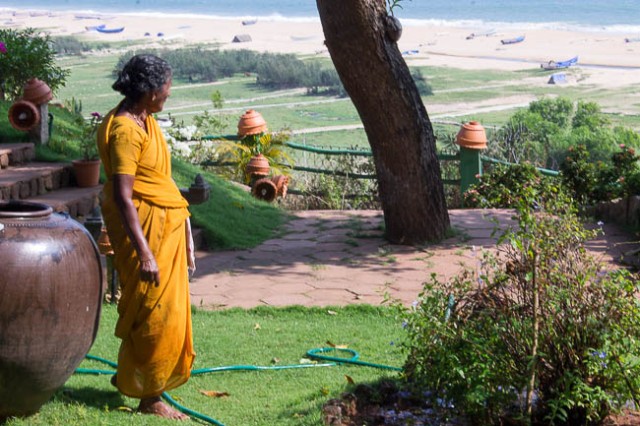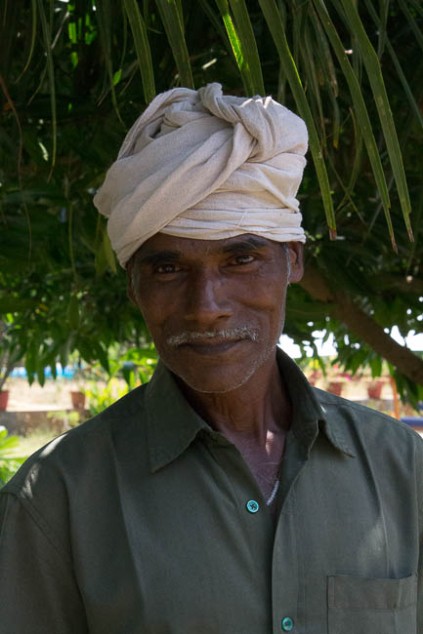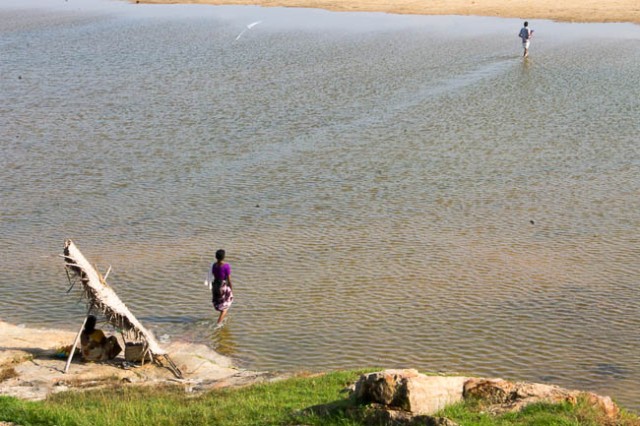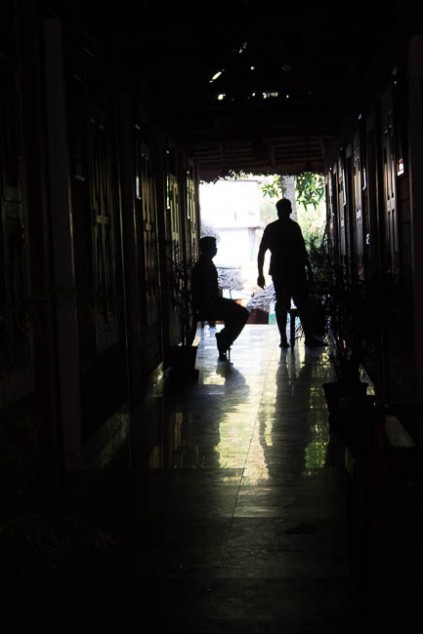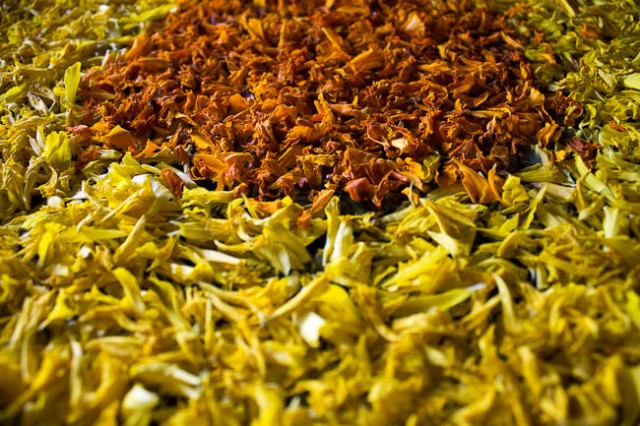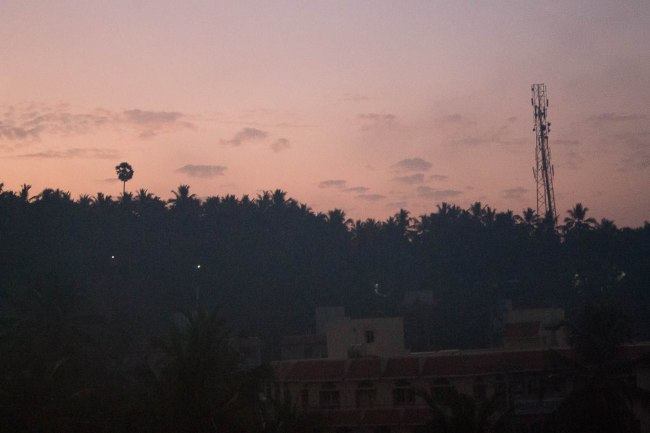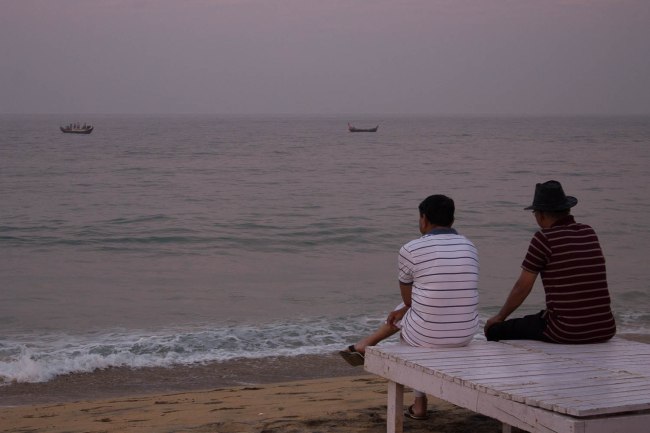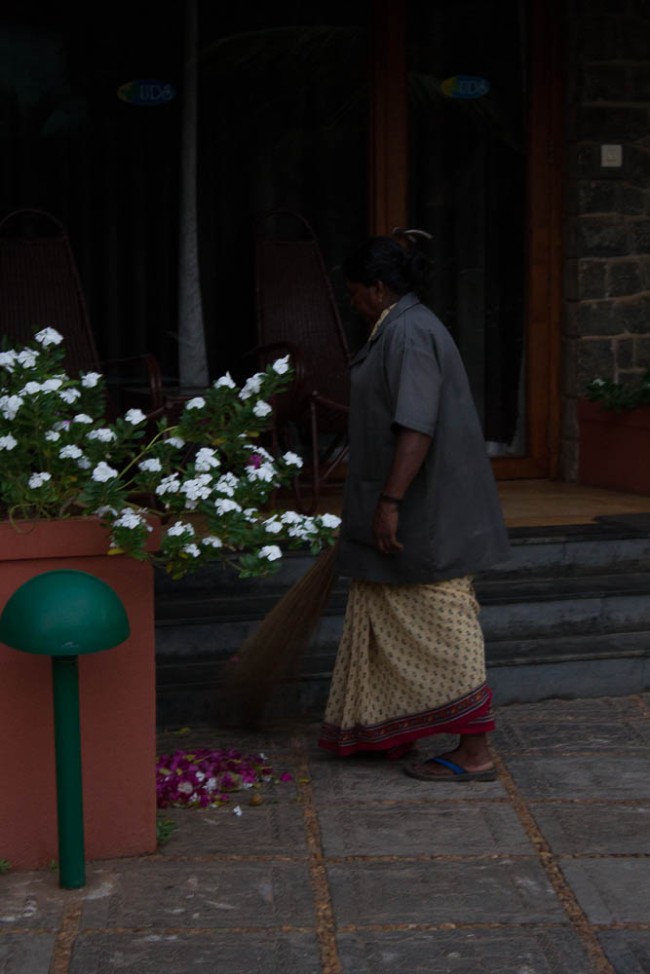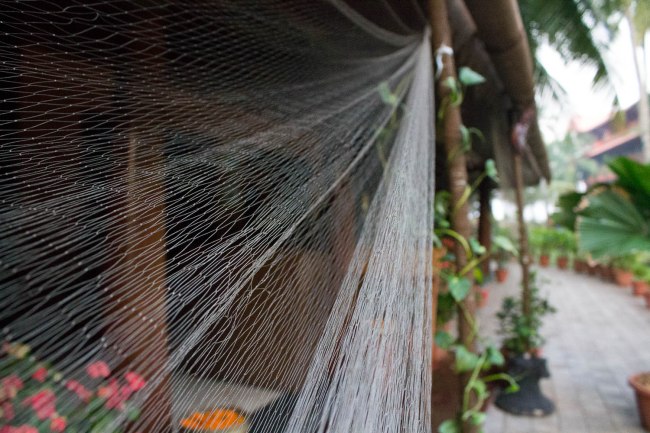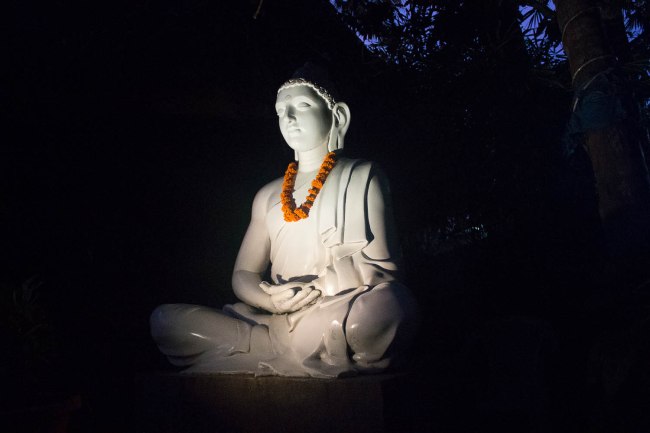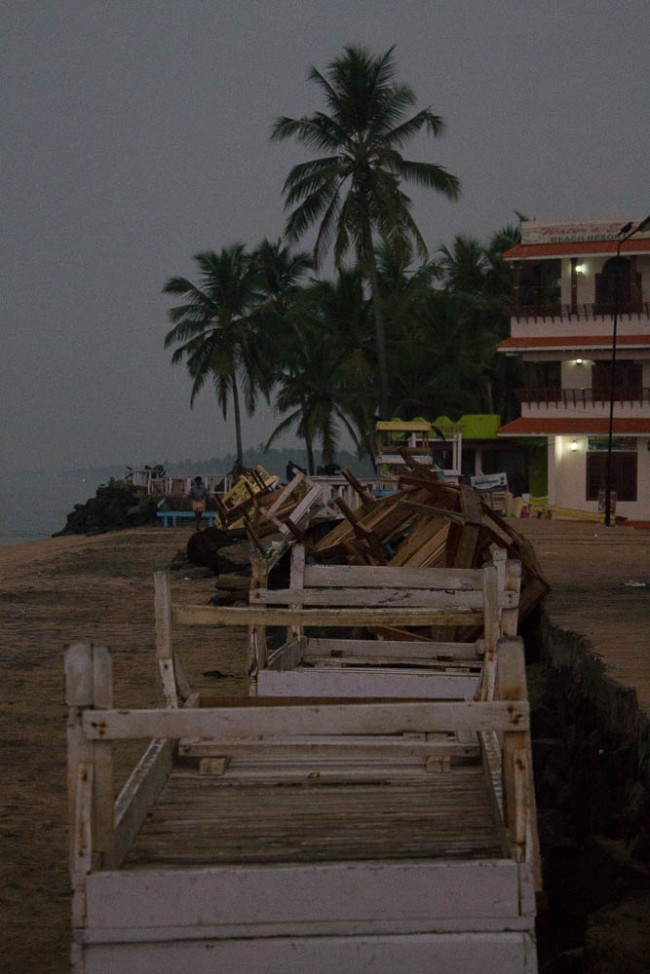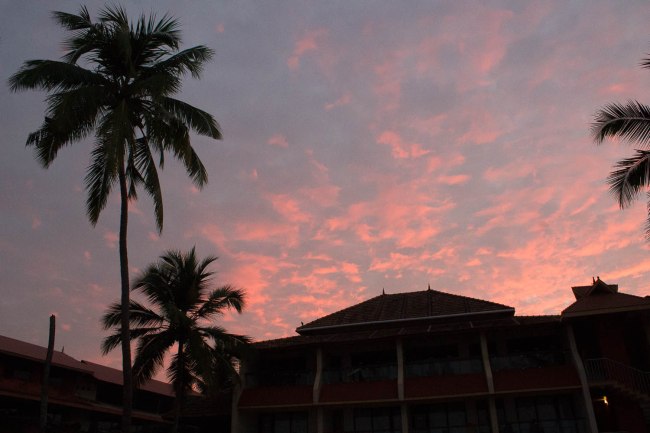On Monday, my laptop, external hard drive, and ipod were all stolen from my office at my new job. It happened in the middle of the day, while other people were in our suite, which is tucked away in a rarely-visited corner. I was only gone for about half an hour. Luckily no one else lost anything, no one got hurt, and I had my phone and wallet with me. I kept hoping there was some other explanation–that I had left my laptop at home, or a coworker had moved my ipod. Yes, I did everything I was supposed to do, from filing a report to changing my passwords. I know people mean well, but I’m not all that interested in advice that would require time travel for me to carry it out.
It’s so strange to not have a “when it happened” moment. I have been robbed before, but in this instance there was no action, just a realization that I didn’t have my things and it wasn’t a mistake. There’s also some irony in that these objects have been with me all over the world, and yet they were taken from my posh new job at home. I keep hoping that maybe the thief will see the laptop is a pc, and ditch it. Or that they’ll have a heart when they see the hard drive is just a terabyte of images, and will turn it in as though they found it. I would honestly let them keep the stuff if they offered to give back the data. But I know none of that is realistic. As the cop said, my things are gone forever.
I’m honestly not that bothered by losing the stuff. They are just things, and while I’d rather not drop $1,000 or so to replace them, they are replaceable. What breaks my heart is all the data that cannot be recovered, especially the photos. Conservatively, it’s at least 50,000 images. Basically every image I took from 2012-2014 is now gone forever, which includes almost every image I shot on my dSLR, and basically all of the photos that were any good. Ireland, India, most of Cuba, everything that happened in Boston last April, as well as thousands of family photos and quite a few events are all gone. What I can recover is mostly not RAW files, meaning they are lower quality and completely useless for some purposes. The ten posts about Ireland that were queued up to have images added and be posted over the next three or four weeks now seem sad and boring, a little reminder of what I do not have.
I know I have some things backed up on the cloud, and older stuff (like Benin, Egypt, and my first three months in Cuba) on my other hard drive, but to be honest I don’t even have the heart to look and see what I have left. I really just don’t feel like remembering again of what is lost. I spent a whole day fixated on the hard drive and therefore thinking that at least I still had my India pictures, and then I remembered that my laptop was also taken, and India is gone too. Every couple of minutes I remember again that it’s all gone, and the idea of setting about to pick up the pieces holds no appeal.
I certainly have a lot of regrets, like not separating my backup from my originals, not uploading the images to the Ireland posts this past weekend, not having everything on the cloud, and not locking my door in what I thought was a safe office suite. I wish I had just eaten the lunch I brought from home, and of course I wish the two office guard dogs had been there to scare the thief away. But mostly I’m just sad. I think of all the memories that are gone, images, writing and songs going back to high school and in some cases middle school. I think of the years of hard work, all the hundreds of hours that went into those thousands and thousands of images. It’s all gone, and I don’t think I have it in me to start again.
The top photo is one of the few India photos that was sitting in the cloud, albeit in a crappy, overly-small jpeg. It’s also a picture of trust, trust that no one will take your shoes while you go inside the temple, and sometimes it’s nice to remember that.








